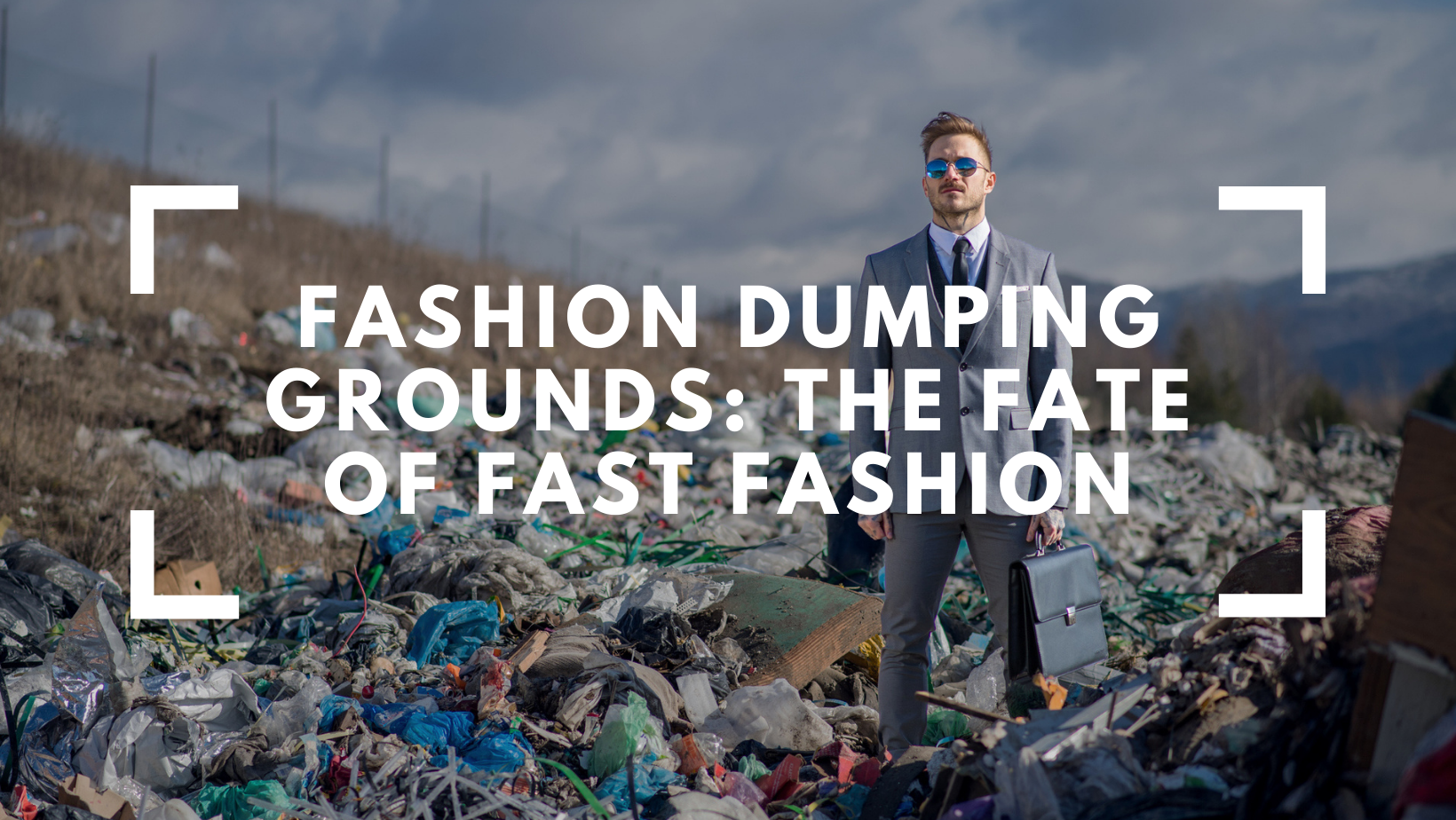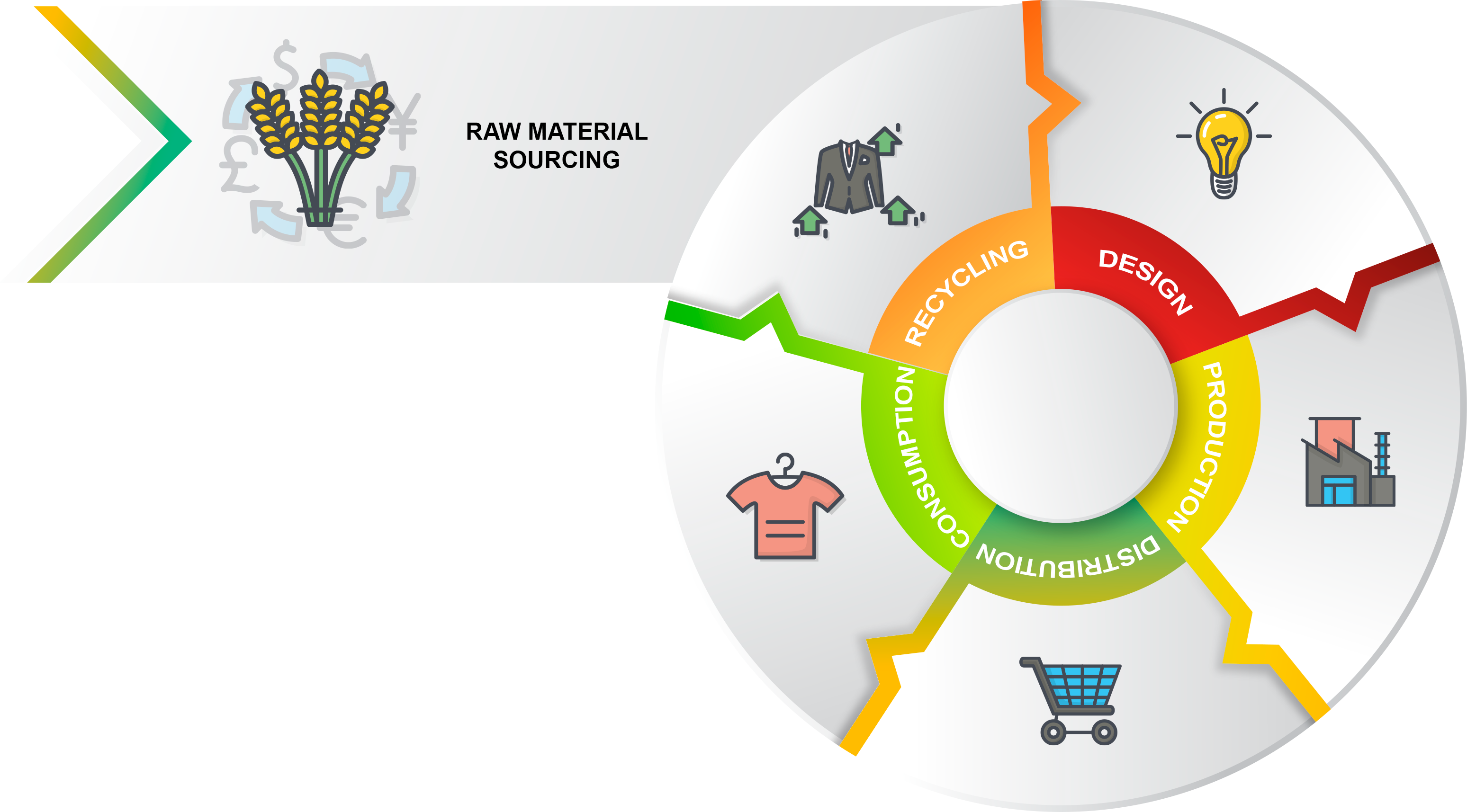
When the average person takes a walk around a shopping mall or browses the sales section of an online retailer, it is likely they never think about what happens to all the pieces of clothing that are exact replicas of the one they just placed in their cart. They must just be sold and worn, right? Never in their wildest dreams would they probably envision that thousands of tons of clothes would end up in places like the South American deserts every year.
But that is precisely where they are. Discarded clothing full of toxins and dyes, destined to sit for hundreds of years waiting to biodegrade while more and more are piled on top each year. So how did this come to be and what can be done to stop it? The answers lie in our own desire for things, and in the industry manufacturing the fast fashion many of us wear each day.
Understanding the Fast Fashion Epidemic
There is plenty of blame to go around, with the fashion industry itself leading the way. Believed to be the second-highest polluting industry worldwide after big oil, clothing production accounts for 10 percent of the carbon emissions for our planet. That is more than the aviation and shipping industries combined. It is a downright mind-boggling statistic to comprehend. Production aside, as the textiles dumped in the world’s deserts decompose, they release greenhouse gases (GHG) that contribute to global warming and contaminate our rivers and oceans as their dyes and chemicals leach into the ground.
Second in the blame? Us. Yes, that’s right. We are consumer creatures that seem to be on a never-ending quest of our perceived need for more. The newest trends that can be obtained most cheaply from big box stores are precisely what we believe we must have. We buy and buy, only to throw those same tees, dresses, jeans, and the like aside when the newest TikTok or Instagram influencer tells us they are no longer what we should be wearing this season. The fast fashion industry is happy to oblige, pumping out poor quality, cheaply made garments that probably won’t last after the first wash and dry cycle. They end up with the other 39,000 tons of unsold and unwanted clothing items in places like the Atacama Desert of Chile.
Solutions to Break the Cycle
Our mindset is the fundamental change that needs to happen to keep these dunes made of clothing from growing in the desert. Greenpeace put this sentiment perfectly during their Detox My Fashion campaign. They state that there is a need for a model without compromising ethical, social, and environmental values. It must involve customers and discourage them from continuing binge buying ever-changing trends. If our consumer greed continues on its projected path, then the growth of the toxic mountains of discarded clothing will keep growing with no end in sight.
As consumers, we have to stop constantly needing more and purchasing clothing that is not sustainable or is following only a fleeting trend. We can start buying consignment clothing that is barely used and only purchasing new pieces that will become staples in our wardrobes, lasting multiple seasons and years. Manufacturers can do their part by embracing sustainable practices and making better fiber choices and innovations in dyeing, thus creating less toxic fabrics that will leach poison into our water systems and release dangerous gases into our air.
Another way to stop this endless cycle of fast fashion waste is to embrace a circular economy. The circular fashion value chains aim to reduce the environmental impact that the industry has, including using recycled waste to produce fabrics, initiating clothing take-back programs, and other textile recycling innovations. Circular fashion is a term introduced by Dr. Anna Brismar, the head of the Swedish consultancy firm Green Strategy. The term is defined as clothing, shoes, and accessories designed, sourced, and produced to be used and circulated effectively and responsibly in our society in their most valuable form for as long a time as possible. They are then returned safely to the biosphere. The circular fashion value chain begins with raw material sourcing that then leads to design, production, distribution, consumption, and then finally, recycling.

From Deserts to Oceans
We all learned in school that 75% of your planet is covered in water, either in liquid or frozen form. It makes sense then that anything we do on land will significantly affect the water supply of our planet. Fast fashion is no exception. As the unused and unsold clothing in the deserts of South America sit while they wait hundreds of years to biodegrade, their chemicals and dyes leach into the ground and find their way all over the world in our oceans. We are poisoning our waters one shirt, skirt, scarf, and dress at a time. Even worse are companies that use toxic chemicals like chromium and dump them directly into water supplies in countries like India. These chemicals then find their way into agriculture and dairy products, straight into consumers’ mouths.
Even when not chemicals and dyes, other plastic waste and garbage involved in the manufacturing and distribution of fast fashion find its way into international waters, some 10 million tons of it. It has been estimated through studies by the UN that by 2050 the weight of plastic pieces in our seas will be higher than the weight of all fish. Organizations like One Earth-One Ocean are on a mission to clean up as much of this waste as possible while educating the public about living on less plastic.
It is legal and often cheaper for companies to destroy their unsold merchandise in the US. A newly expanded anti-waste law will stop unsold goods from being incarcerated or thrown away in France and focus on recycling and donation instead. It is a step in the right direction to learn how to save our raw materials and distribute unsold goods to those in need, instead of destroying and discarding them.
Summary
This may all seem a bit more disheartening. There is a lot of bad news, and a sheer volume of waste that may seem unfathomable or like your involvement won’t make a dent. That couldn’t be farther from the truth. If you find yourself infuriated or disgusted at the thought of tens of thousands of tons of unsold clothing piling up in deserts and poisoning our air and water, reach out to local, national, and global organizations who are working to make a change. You may feel like just one person, but together with others, massive change can be achieved to stop fast fashion from taking its toll on our environment.
Further Information
For those interested in delving deeper into the issue of plastic pollution in our oceans and exploring potential solutions, One Earth - One Ocean e.V. offers valuable resources. This organization is dedicated to cleaning up marine debris and educating the public about the impact of plastic waste on our seas. Their website provides comprehensive information about the scale of the problem and offers insights into innovative approaches for combating ocean pollution. To learn more about their initiatives and how you can get involved, visit their website at www.oneearth-oneocean.com.
